|
If you’ve read any of our blogs, you’ll notice we constantly reiterate how important and essential clean water is. But today, for a change, we’re focusing on sanitation. We’re talking about this dirty topic because significance of sanitation has been exponentially heightening due to the relentless and compounding force of increased natural disasters. For 95 million people across the globe, natural disasters cause significant fear and loss each year through the sheer destruction and disruption of lives and their communities. Research has shown that climate change is a catalyst in increasing the number of natural disaster events, and according to EM-DAT, the number recorded has increased by almost three-fold; from 1,300 natural disaster events between 1975-1984 to 3,900 events between 2005-2014. The rapid rise in recorded natural disasters highlights its scale of destruction as infrastructures, the environment and ultimately the population’s health are repeatedly affected. Communities with effective sanitation become jeopardized as sanitation systems are threatened by floods, drought and rising sea levels. In addition, natural disasters play a role in aggravating the already ongoing and long-term issue of improper sanitation for populations that are located in underserved regions. In efforts to maintain good hygiene and to reduce the spread of communicable diseases, affected populations have to rely on rapid and high quality humanitarian responses for the provision of safe water and basic sanitation facilities, especially in low-income countries. The fight for survival is far more challenging in low-income countries as they face greater negative repercussions and require a longer period of time to recover. In commemoration of World Toilet Day and our effort to de-stigmatise the topic of sanitation, we’re highlighting important factors that should be considered during a humanitarian response in order to appropriately and safely tackle the prevalent sanitation crisis in disaster settings. Impact on sanitationNatural disasters often leave affected populations with damaged water supplies and destroyed sanitation facilities.
Purpose of Sphere StandardsIn emergency situations, it is important to reduce public health risks by building barriers along the different pathways that can transmit faecal-oral diseases (faeces, fluids, fingers, flies and food), as disaster-affected populations are more vulnerable to life-threatening illnesses such as diarrhoea and dehydration during this time. To ensure elevated quality, effectiveness and accountability for humanitarian assistance, there are a few minimum standards that must be achieved by affected populations and humanitarian aid groups. Continue reading as we highlight and emphasise the most important pointers from the Sphere Standards handbook to ensure the health of vulnerable populations after a disaster. Sphere Standards: Excreta managementWithin the Sphere handbook, the essential concepts and minimum standards for WASH promotion are: Excreta management; Water supply; Hygiene promotion; Vector control; Solid waste management and WASH in disease outbreak and healthcare settings. Today, we will be directing our focus on excreta management, however, it is important to note that the multiple standards should not be practiced in isolation, as progress in one aspect influences progress in other areas as well. In efforts to prevent the contamination of natural, living, learning, working and communal environments, excreta needs to be safely contained on-site. After a disaster or an emergency crisis, there is a clear urgency to control indiscriminate open defecation. If sanitation facilities are not immediately provided, individuals have no choice but to practice open defecation through no fault of their own. Therefore urgency is an important consideration when determining what sanitation facilities can be used. The most suitable system is dependent on the specific conditions in a disaster setting. Typically, simple pit latrines are deployed during disaster response as they may be the easiest to set up and resources can be sourced locally. However, environmental challenges such as difficult ground composition (rocky, sandy surfaces etc.); elevated water table or flooding; insufficient water; or the shortage of space may make the use of a pit latrine ineffective. Other viable options for sanitation following a disaster are:
These options may come with their own challenges however; while a urine diverting toilet doesn’t require water usage, it may be difficult to source after a large scale disaster. An elevated latrine is ideal if the groundwater table is too high for a standard pit latrine to be dug, but the composition of the ground may not allow for stable construction. A trench latrine can be created on a larger scale with fewer required resources, however it may be susceptible to overflowing or flooding that could cause dangerous contamination to its nearby users. Peepoo bags are an innovative single-use bag that self-sanitises to prevent contamination once enclosed. They are biodegradable and can be used in the privacy of one’s own shelter or a simple toilet tent, however, there is possibility of contamination if the Peepoo bag is used improperly and they must be stored or buried after use, which space may not allow for. Now that we have a clearer perspective on the different sanitation systems available, next, we will explore the critical factors within the excreta management standard. Establishment of proper defecation areas: This standard emphasises that humanitarian organisations must immediately assess and consider the location for defecation carefully, as these areas must be established away from water sources, water storage and water facilities. Undeniably, establishing defecation facilities along public roads, near communal facilities or near food storage and preparation areas should be avoided. The separation of human excreta from living, learning and working environments helps to prevent the spread of pathogens in the environment. The distance of containment facilities from water sources: In order to preserve the natural environment, faecal material from containment facilities such as trench latrines, pits, vaults, septic tanks, and soakaway pits should be distanced away from water sources to prevent faecal contamination. The minimum distance required between containment facilities and water sources can be determined by executing the soil permeability test. The objective of this test is to find out the speed at which waste moves through the soil (infiltration rate). If these factors are not strongly considered, a severe outbreak can occur as a result of faecal matter seeping into a primary water source. A leaking or inadequate waste treatment facility can result in unexpected water contamination, similarly to what sparked Haiti’s decade-long cholera outbreak which still affects the nation today. Next, the purpose of excreta management is to also provide the communities with safe and secure access to adequate, appropriate and acceptable toilets at all times. Toilets are considered adequate, appropriate and acceptable if they fulfill the following criteria:
In the following sections, we will be providing a comprehensive explanation on the different factors that require additional emphasis and attention when providing humanitarian aid, as the significance of these factors have a strong possibility of being overshadowed or overlooked. Safe and secure facilities:
In low-income countries, the safety of women and girls are threatened, especially at night.
Easy access to clean water:
Having easy access to safe and clean water is of paramount importance, especially in disaster settings where the procurement of safe water is extremely difficult. With proper sanitation products such as soap (or an alternative such as ash), toilet paper or other anal cleansing equipment, individuals are able to practice good personal hygiene. Handwashing after using sanitation facilities, before and after changing a diaper, and again before coming in contact with food creates protective barriers, prevents food contamination and ultimately, protects individuals and those around them from excreta-related diseases. If vulnerable communities lack easy access to safe water, they are forced to either use unsafe water or travel a greater distance to collect it. These communities would then have to rely on a lesser amount of clean water, segregating and prioritising it for different purposes such as survival, basic hygiene practices and basic cooking needs. Thus, there will be insufficient clean water available for vulnerable communities to serve their different objectives, especially maintaining hand hygiene and staying hydrated and healthy. Solid waste management and vector control:
As part of managing solid waste, appropriate containers should be included in toilets to allow proper disposal of women’s menstrual hygiene materials alongside child and adult incontinence materials. This is to prevent the blockage of drainage systems which have the ability to pollute surface water, and consequently, encourage the breeding of vectors such as mosquitos and flies. Vector-related issues can be controlled by implementing simple environmental engineering measures (such as placing appropriate containers in toilets for the disposal of sanitation materials and ensuring excreta is properly contained and covered). Hence, this would better protect the vulnerable population from vector-borne diseases which play one of the major roles in causing sickness and deaths in emergency settings. Hygiene promotion is crucial for proper excreta managementWhile hygiene promotion is considered separate to excreta management, it is a factor that needs to be strongly considered when responding to emergency or disaster situations. WASH related diseases are easily preventable through the use of proper hygiene practices. Following a standardised approach to educate on hygiene can be ineffective and different approaches largely depend on the social context of each unique community. Additionally, education is not enough if the resources, such as soap and clean water, are not available. Excreta management, clean water provision and hygiene promotion are an important trifecta that require each other to be effective on the whole.
If you’ve enjoyed reading this blog, be sure to read our blog on the prevalent sanitation crisis that is impacting millions of people across the globe. Click here to learn more! During this time of the year, ASEAN nations are extremely vulnerable towards natural disasters, jeopardising lives and their surrounding environments. Visit our Disaster Relief page to discover how our products are capable of responding to natural disasters efficiently, bringing safe drinking water to communities in need. Blog Author: Nur Khairiyah Bte Mohd Samion Chief Editor: Michelle Falcone Sources:
https://www.un.org/en/observances/toilet-day https://washmatters.wateraid.org/disasters https://handbook.spherestandards.org/en/sphere/#ch002_002 https://www.humanosphere.org/global-health/2017/05/women-northern-india-said-no-toilet-no-bride-worked/
8 Comments
23/3/2022 11:06:50 pm
I like how you mentioned we're discussing this filthy subject because the need for sanitation has expanded tremendously as a result of the unrelenting and compounding impact of increasing natural catastrophes. When I was in college I think about it differently, there is really numerous information in this article that helps me. I'm grateful for your advice about sanitation.
Reply
21/4/2022 03:37:56 pm
Reply
15/9/2022 05:41:17 pm
I liked how this post shared that efforts to maintain good hygiene are more challenging in low-income countries. My friend wants to implement strict food sanitation in their processes. I think it's best for them to avail a professional sanitation service to ensure quality work.
Reply
It's great to know that there would be rapid and high-quality humanitarian responses these days to ensure that safe water would be available as well as basic sanitation facilities. Aside from relying on the authorities and organizations to save us, I think it is also a good idea to be individually prepared for any kind of disaster to reduce the instances of casualties or others In that case, I want to invest in custom disaster survival prep kits for my family, especially when we live near the coast now which has a risk for tsunamis or flooding.
Reply
Thank you for being a driving force in the mission to make sanitation accessible to all. Your blog doesn't just inform; it sparks a collective responsibility to make a positive impact. Keep spreading awareness, igniting conversations, and being a catalyst for change. The world needs more voices like yours!
Reply
Leave a Reply. |
Want more?Click below to see what other blog topics might peak your interest



Social Awareness Blog Archives
August 2022
|
- About Us
- Products
- Solutions
- Resources
- Get Involved
-
Blog
- The Global Water Situation
-
Facts about Water
>
- Water supplies for crisis
- WaSH During Emergencies
- Well Water Cleaning and Filtration Guide: Southeast Asia
- Gravity-fed Water Systems: Water Purification and Filtration setups in Southeast Asia
- A Guide to Rural Rainwater Harvesting and Filtering
- Water Shortages and Their Effect on Children in Rural Schools
- WaSH Planning and Design Framework Resources for Indonesia and the Philippines
- Rural Community Water Supply: Water Systems in Villages
- Info on our Products
- Impact Stories
- Upcoming & Past Events
- Contact
- Store
- About Us
- Products
- Solutions
- Resources
- Get Involved
-
Blog
- The Global Water Situation
-
Facts about Water
>
- Water supplies for crisis
- WaSH During Emergencies
- Well Water Cleaning and Filtration Guide: Southeast Asia
- Gravity-fed Water Systems: Water Purification and Filtration setups in Southeast Asia
- A Guide to Rural Rainwater Harvesting and Filtering
- Water Shortages and Their Effect on Children in Rural Schools
- WaSH Planning and Design Framework Resources for Indonesia and the Philippines
- Rural Community Water Supply: Water Systems in Villages
- Info on our Products
- Impact Stories
- Upcoming & Past Events
- Contact
- Store

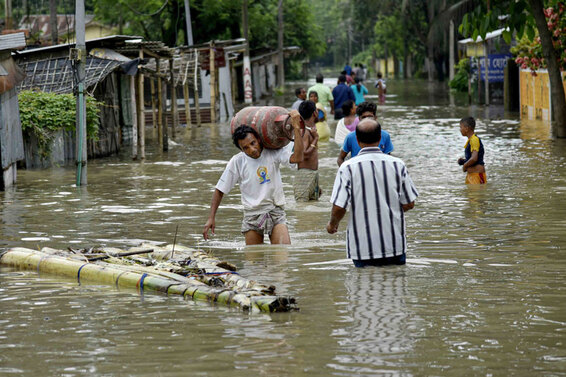



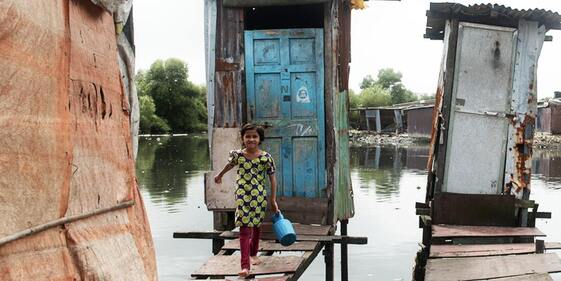

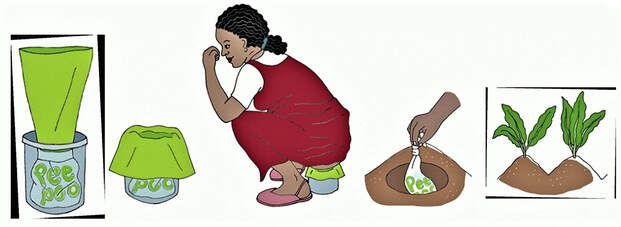


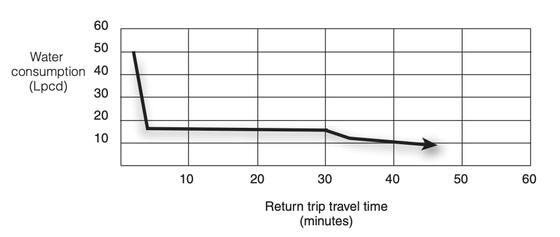
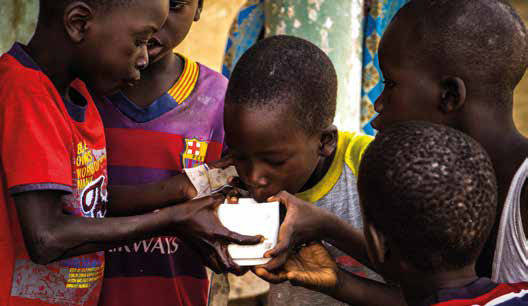


.jpg)